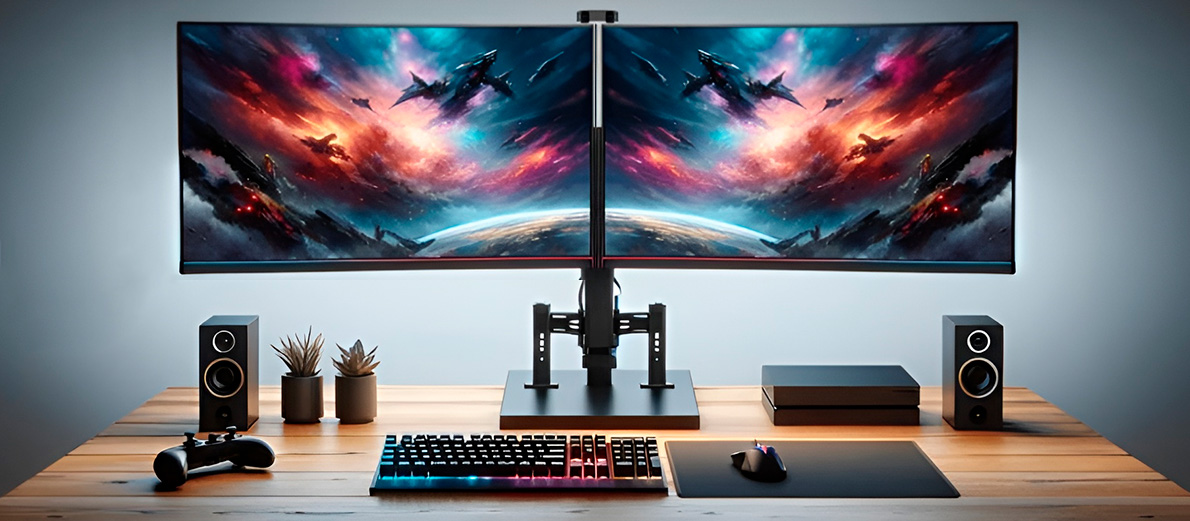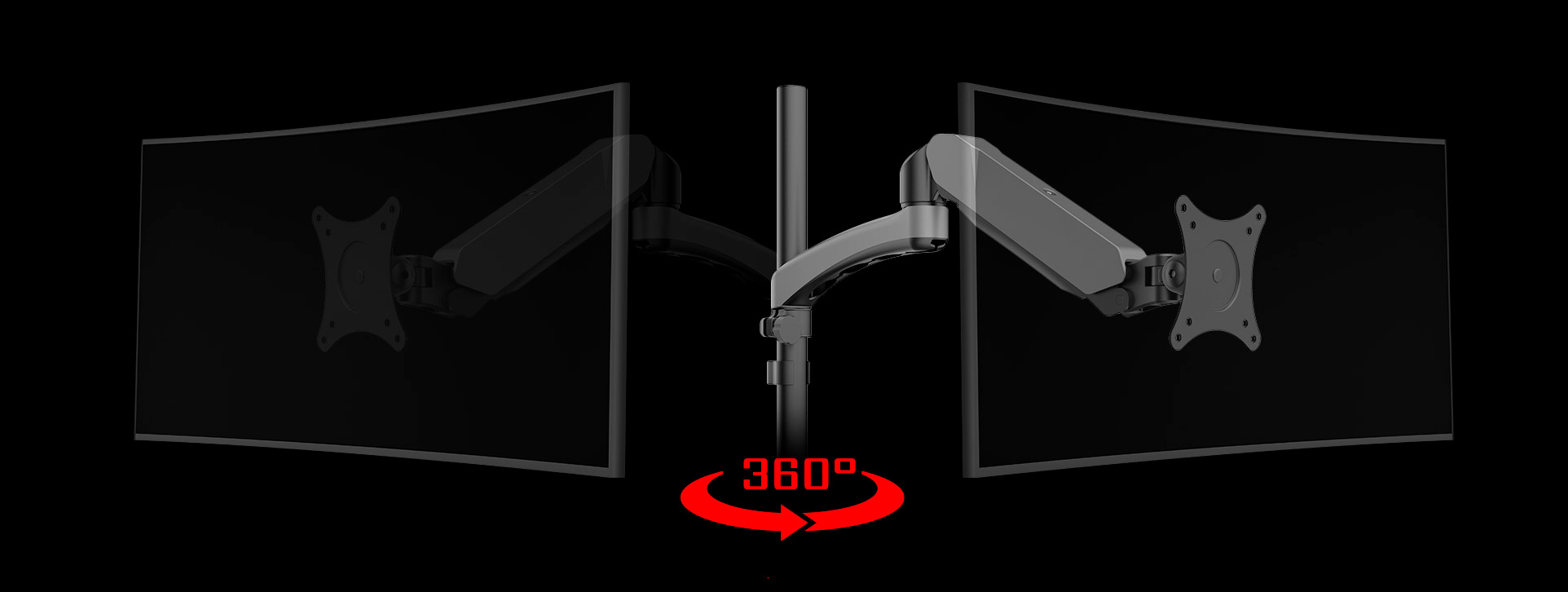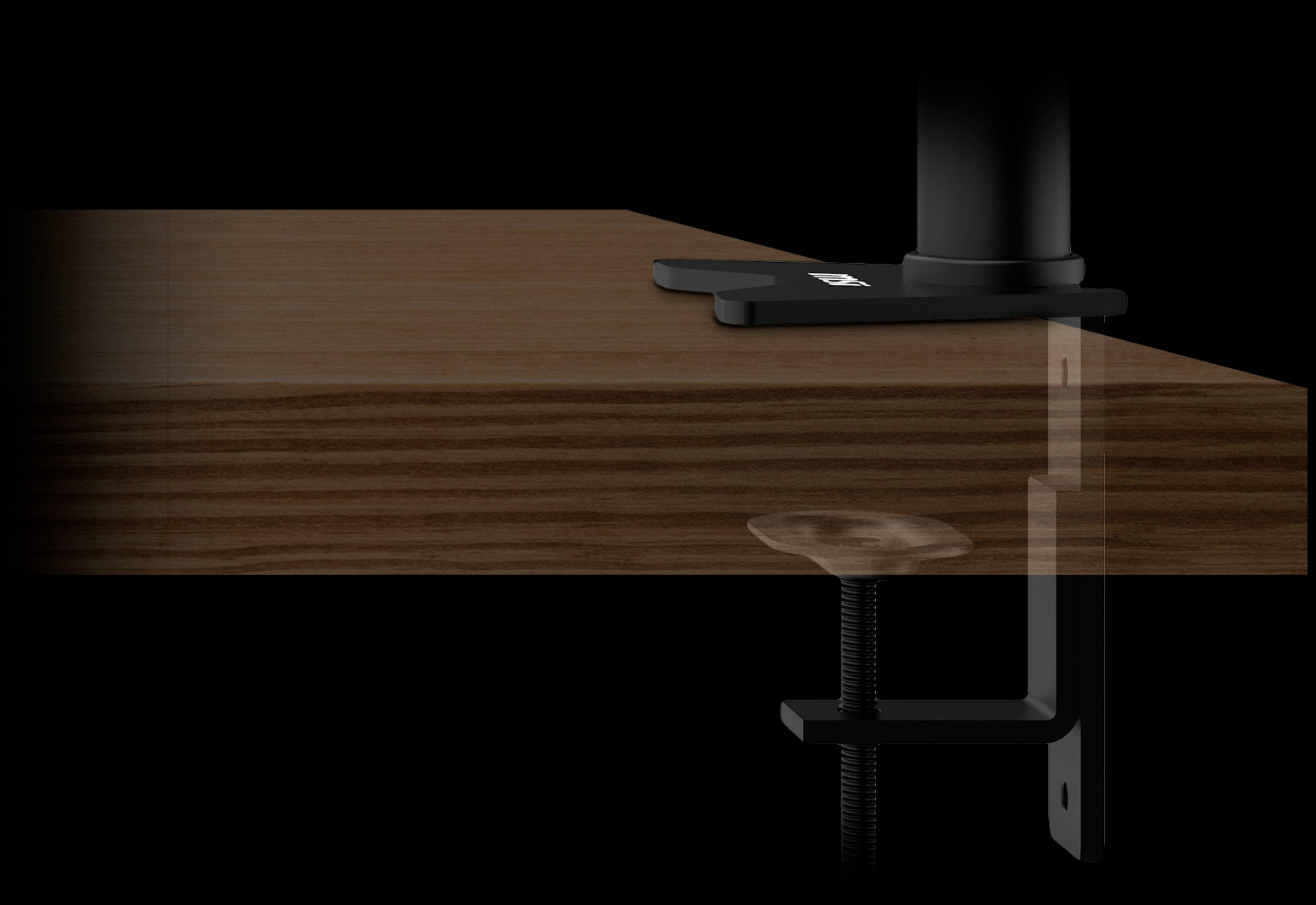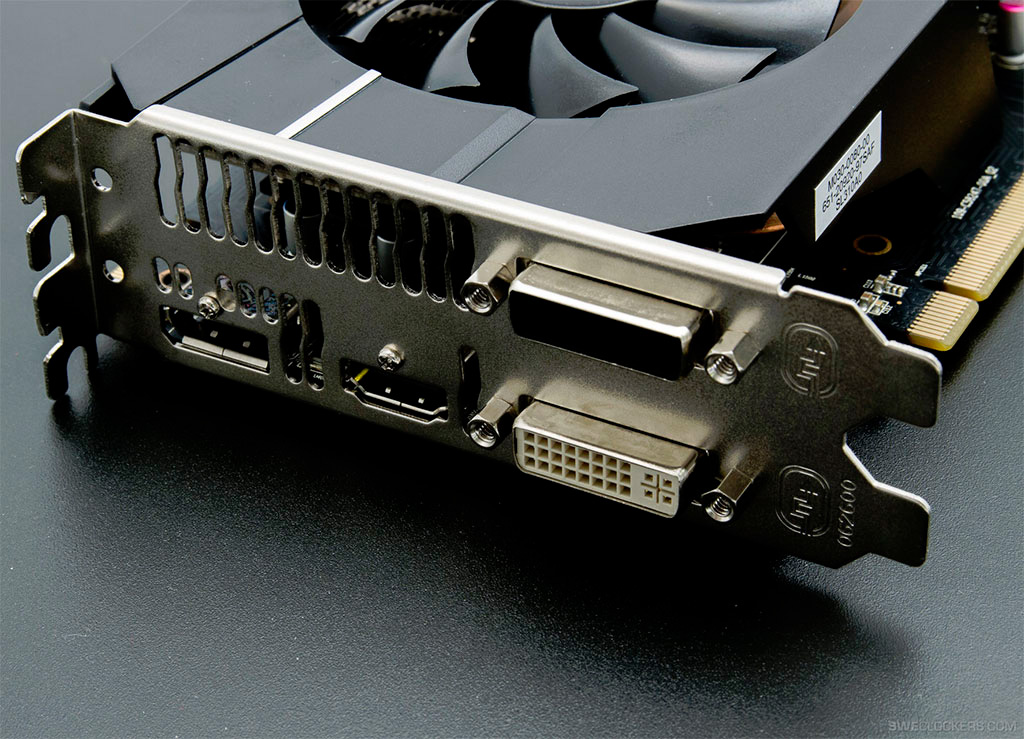
Many computer users believe that using two or three monitors is unnecessary. In reality, this is not true. Additional monitors expand your workspace and make it much easier to use multiple programs simultaneously. You won’t need to constantly minimize and maximize windows and applications to perform various tasks, significantly speeding up and simplifying your workflow.
Today, we'll explain how to connect 2 or multiple monitors to a PC and what you'll need for this setup.

Mounting Brackets for Monitors
Most computer users have small desks, making it difficult to place multiple monitors due to limited space. This issue can be easily resolved with mounting brackets. These brackets attach to the wall or desk, allowing you to adjust the position of your monitors easily. With them, you won't need to use the default stands that come with the monitors.
To mount a monitor on a bracket, it must have four holes on the back panel, known as VESA mounts. These mounts are found on almost all modern monitors, so installation should not be a problem.

How to Choose a Bracket
First, decide whether the bracket will attach to the wall or the desk. Next, determine how many monitors you need to install, as this will dictate the number of holders required. Finally, find out the weight of your monitors and the load capacity of the bracket. This information is usually provided in the specifications. Manufacturers of both brackets and monitors always specify the maximum allowable load and monitor weight.

Computer Video Outputs
Before purchasing and setting up additional screens, check the video outputs available on your computer’s graphics card. To do this, look at the back panel of your PC where all the cables and peripherals are connected.
Most modern graphics cards come with several DisplayPort and HDMI ports. Older graphics cards may have VGA and DVI video outputs.
If you lack the necessary ports, don't worry. You can always use adapters or converters. For example, if your graphics card has only one HDMI port but you need two, you can buy a DisplayPort to HDMI adapter. The second monitor will connect through the adapter without affecting performance.
If you have an older monitor with VGA and DVI cables and a modern graphics card, you'll need a converter. This is a smart adapter that converts old video signals to modern ones. The main issue with converters is their short lifespan; they typically don't last more than six months. Therefore, consider selling old monitors and buying new ones. This way, you avoid using converters and get a better and more modern display.
Connecting and Setting Up Additional Monitors
Connecting additional monitors to a computer is straightforward:
- Completely turn off the PC.
- Plug the monitor's power supply into an outlet and power on the display.
- Connect the monitor cable to the appropriate video card port or adapter.
When you turn on the computer, the operating system will immediately recognize the second display, and an image will appear on it. If there is no picture, turn on the display using the power button, usually located on the back panel of the monitor.
How Many Monitors Can Be Connected to a Computer
This depends on the number of video outputs on your graphics card. The exact number of supported displays is always specified in the specifications. Visit the manufacturer's official website to find out. Simply type the full name of your graphics card into an internet search engine, for example, NVIDIA GeForce RTX 4070 SUPER GAMING OC. The first link will take you to the manufacturer's official page.
Conclusion
To connect multiple monitors to a computer:
- Determine the video output ports you have.
- If necessary, purchase adapters, splitters, or converters.
- Plug the monitor cables into the video output ports and set up the screens in the Windows "Display" menu.
HYPERPC Computers for Multiple Monitor Setups
All HYPERPC computers are equipped with graphics accelerators that have multiple video outputs. Therefore, you can easily connect additional displays to our PCs.